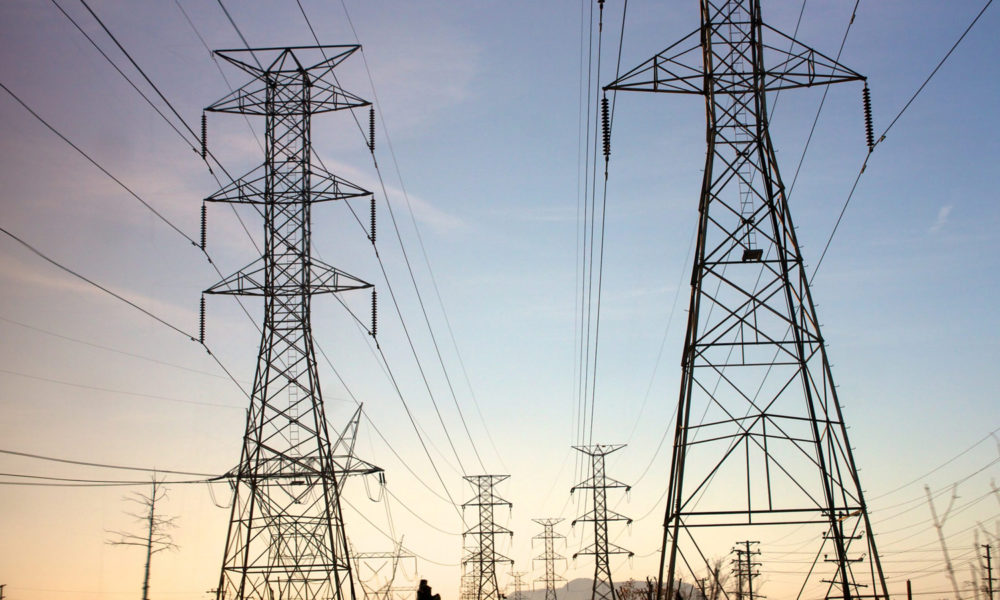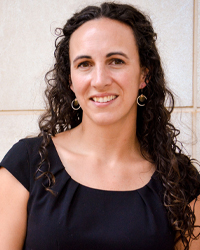Most people know very little about the institutions that run the electricity grid. Yet one of the key findings of “A People-Centered Clean Energy Transition,” a new report co-authored by an advisory committee—of which I am a member—and the Union of Concerned Scientists, is the centrality of the electricity system in creating an equitable clean energy future. We need renewable energy to grow from producing 20% of our electricity to 90% of our electricity in the next 30 years, while fossil fuels—with their pernicious climate and health consequences—must be almost completely forced out of the system.
Accomplishing this transition equitably and rapidly will require herculean efforts and fresh approaches from those institutions that run the electricity system. There are several reasons to be concerned that the current system is not up to the task. In most of the country, the electricity grid is run by what are called “regional transmission organizations,” or RTOs. These RTOs are unique institutional constructs: they are membership organizations comprised primarily of industry insiders who have a vested stake in the current system. In most RTOs, membership voting processes—in conjunction with RTO Boards—establish the rules for how the transmission grid and electricity markets operate. These rules are reviewed by the Federal Energy Regulatory Commission (FERC), but under a deferential standard that requires FERC to accept RTO proposals unless they will clearly produce unjust and unreasonable rates.
This governance structure creates a range of perverse incentives when it comes to the clean energy transition. RTOs claim to be resource-neutral organizations. But in practice, RTO rules and policies often favor incumbent members—including fossil fuel generators and utilities who make their profits from building more supply-side infrastructure—and punish new entrant technologies that are critical for decarbonization, including small- and utility-scale renewable energy and energy storage.
Consider a few examples. When it comes to interconnection queues, most resources now wanting to connect to the grid are renewables. But utilities have fought to ensure that interconnecting resources bear the full expense of connecting to the grid, even though new transmission lines and transmission upgrades often offer reliability and economic benefits to their whole region. Research shows that these rules price many much-needed renewable projects out of existence.
A similar dynamic exists in energy market design. Along the East Coast, several RTOs have recently revised their electricity market rules to make it harder for clean energy resources to participate – a move distinctly in the wrong direction. In fact, states in these RTOs are now threatening to leave these cooperative regional constructs because of the impediment they present to achieving state clean energy goals.
Having states leave RTOs would not be a good thing. Research shows that more regional and inter-regional cooperation will be essential to building a clean, reliable grid. (Indeed, many prominent voices are now arguing that all states should be required to join RTOs.) Instead, it is time to reexamine the U.S. system of electricity governance to make it work for states, communities, and people.
As I have suggested at greater length elsewhere, two reforms are critical. The first is greater RTO oversight and enhanced public participation. FERC must commit itself to ensuring that RTO governance processes are more open, accessible, and fair than they have been to date. That includes reforming membership and voting rules in these private mini-democracies. And it includes ensuring that groups representing a wide range of perspectives—particularly communities long-marginalized in energy policymaking—have their visions heard and realized in crucial RTO-level decisions. Fortunately, Congress recently instructed FERC to form an “Office of Public Participation” to assist communities in participating in energy governance. FERC must take this mandate seriously and staff a committed office that draws too-long marginalized voices into critical energy policy decisions.
The second, more radical reform needed is to wrest some making authority away from these private membership clubs. RTOs are well-suited for managing the intricacies of the transmission system and electricity dispatch and should be allowed to continue in these roles. However, at present, RTOs’ roles in setting the rules for energy markets and managing transmission planning give them too much control over inherently policy-laden decisions such as what renewable energy projects and transmission lines should be built, or whether clean energy resources should be paid as much as fossil fuel resources. Given their enormous consequences for communities across the country, these decisions should be made by publicly accountable actors—including states, Congress, and FERC—who can and should be made to answer for the climate, equity, and justice implications of their energy agendas.
For additional perspectives from the author team, please see the Clean Energy Transformation series.

